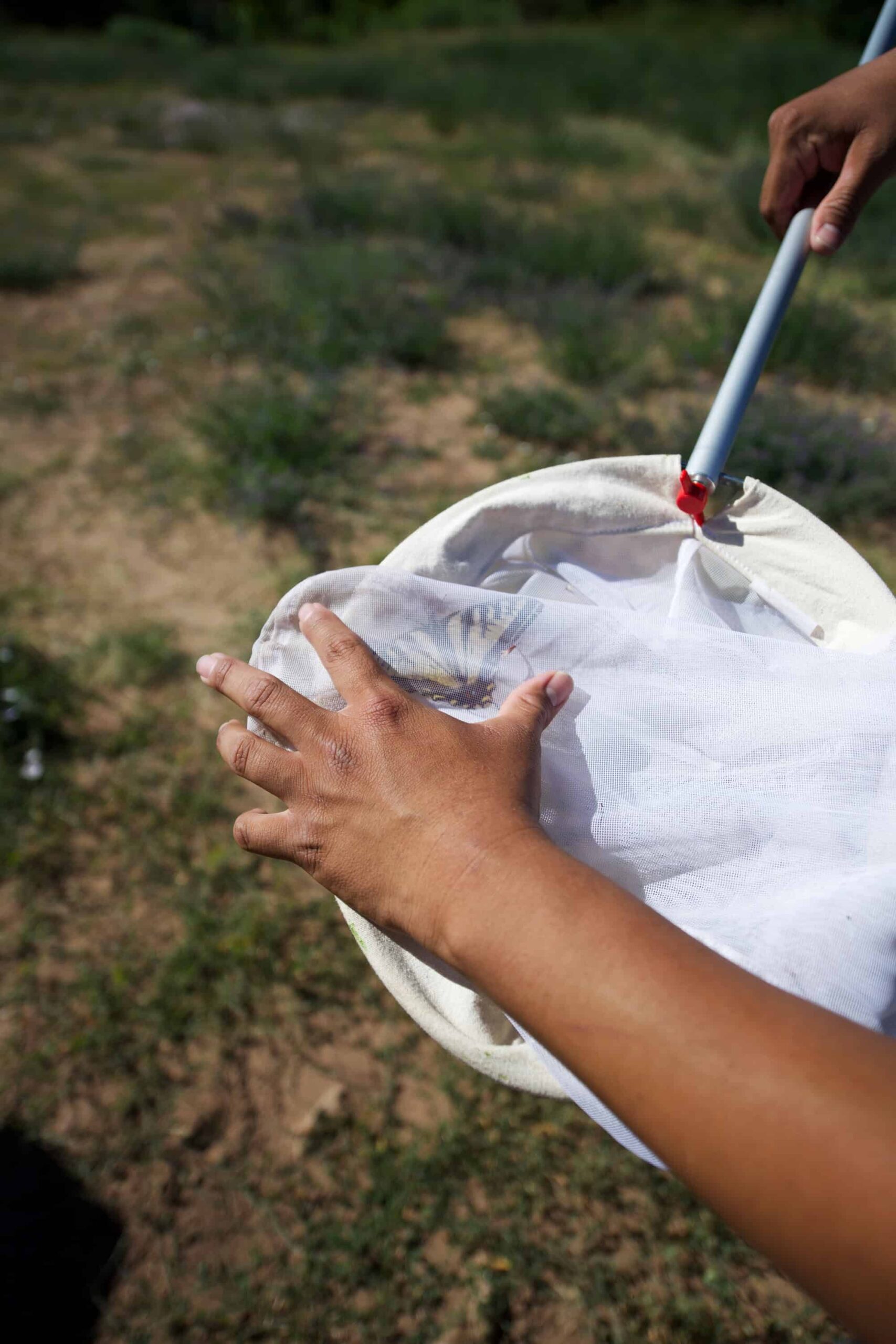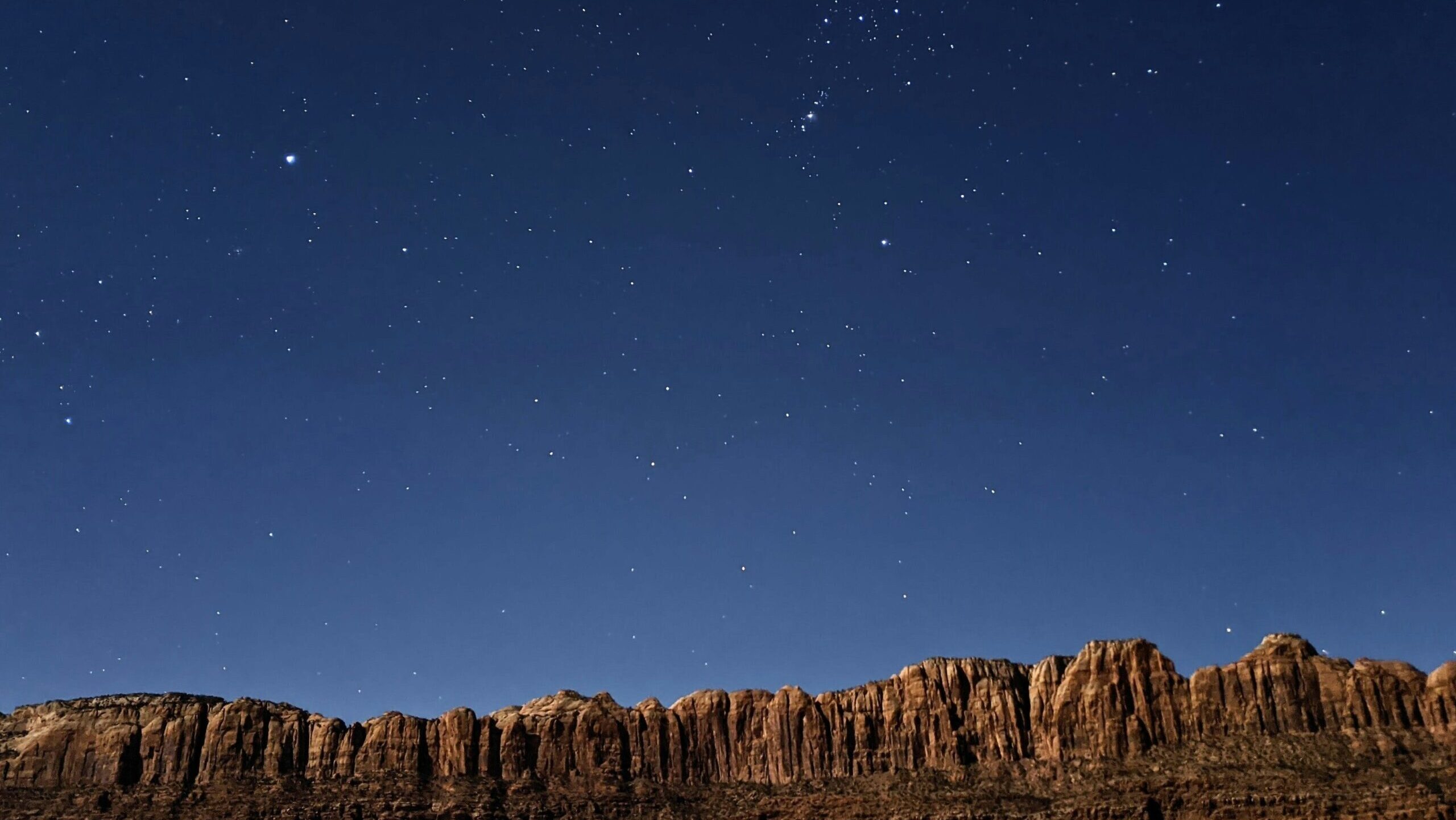Some information may be outdated.
Annual butterfly count occurs every July
Shouts of colors filled the air at the Pack Creek Day Use Area off La Sal Loop Road on July 2.
“Yellow one! White one! Was that a black one?”
Those shouts were an attempt to identify butterfly species during the annual La Sal butterfly count, which has taken place each year since 2016. This year, volunteers identified just over 20 species as they spent a day visiting different spots along the Loop Road: the count circle encompasses everything from Pack Creek to Castle Valley. The count is done in conjunction with the nationwide counts organized through the North American Butterfly Association.
Rob Hannawacker, a national park ranger who runs the “Butterflies and Moths of Southeast Utah” Facebook group, couldn’t attend the count this year, so the identification efforts were led by Chris Quirin and Ricky Begaye, who work at the Canyon Country Discovery Center.
Begaye has attended the count for three years now, he said: he keeps coming back for the chance to learn more about butterflies.
“And I’m the only Indigenous person here,” he said. “I want to be able to create a more diverse group.”
The count works like this: the small group will pile out of their cars to spend an hour or so in each area, fanning out to cover more ground. They’ll shout out the species of butterflies they see, if they know it: common checkered skippers are easy to spot given their white color, as are the western clouded sulfur. With each shout, Begaye will make another tally on his identification sheet. If the group can’t identify a certain type of butterfly—the swallowtails, for example, are gorgeous, but tricky to identify by exact species—Quirin or Begaye will attempt to catch it in a net, then identify the species close-up with Quirin’s detailed butterfly species book. If a butterfly still can’t be identified, Quirin will take a photo of it to send to Hannawacker, the butterfly expert.
Citizen-science counts like these, where scientists and volunteers come together for a casual count of wildlife species, are important for many reasons. For one, they’re easier to put together than regimented counts—volunteers aren’t paid and can come and go at their leisure. While the data then isn’t super exact, it’s still useful.
Mary O’Brien, director of Project Eleven Hundred, a project that keeps track of native bees in Southeast Utah, said without counts like these, scientists and land managers wouldn’t have the information they need to protect wildlife. Butterflies are important pollinators, but they’re also an indicator species—butterfly populations reflect the health of a plant ecosystem in an area.
“You can’t know what’s happening in an area unless you’re counting year after year after year,” O’Brien said.
This year was unique too because the butterfly count could provide insight into how the Pack Creek area has recovered after the 2021 wildfire, and how climate change is impacting habitats.
“My worry is, if droughts continue and temperatures are increasing, some of the higher elevation butterflies that are already up in subalpine areas might not have anywhere else to go,” Quirin said. “We have all these different islands of life up here.”
Hannawacker said last year that the butterfly population of Southeast Utah is mostly unknown: he’s the first person, to his knowledge, who is making an attempt to track and survey butterflies in this region. Hannawacker’s observations, and the data gathered during the butterfly count, are laying the groundwork.
The group most often spotted the common checkered skipper—one of the volunteers suggested the name be changed to the “grandiose” or the “magnificent” skipper, instead of common, to better reflect the butterfly’s beauty. They also spotted a number of western tiger swallowtails, rocky mountain dusky wings, painted ladies, and checkered whites.
You can keep up with butterflies in this area through the “Butterflies and Moths of Southeast Utah” Facebook group and on iNaturalist.
Appreciate the coverage? Help keep local news alive.
Chip in to support the Moab Sun News.





